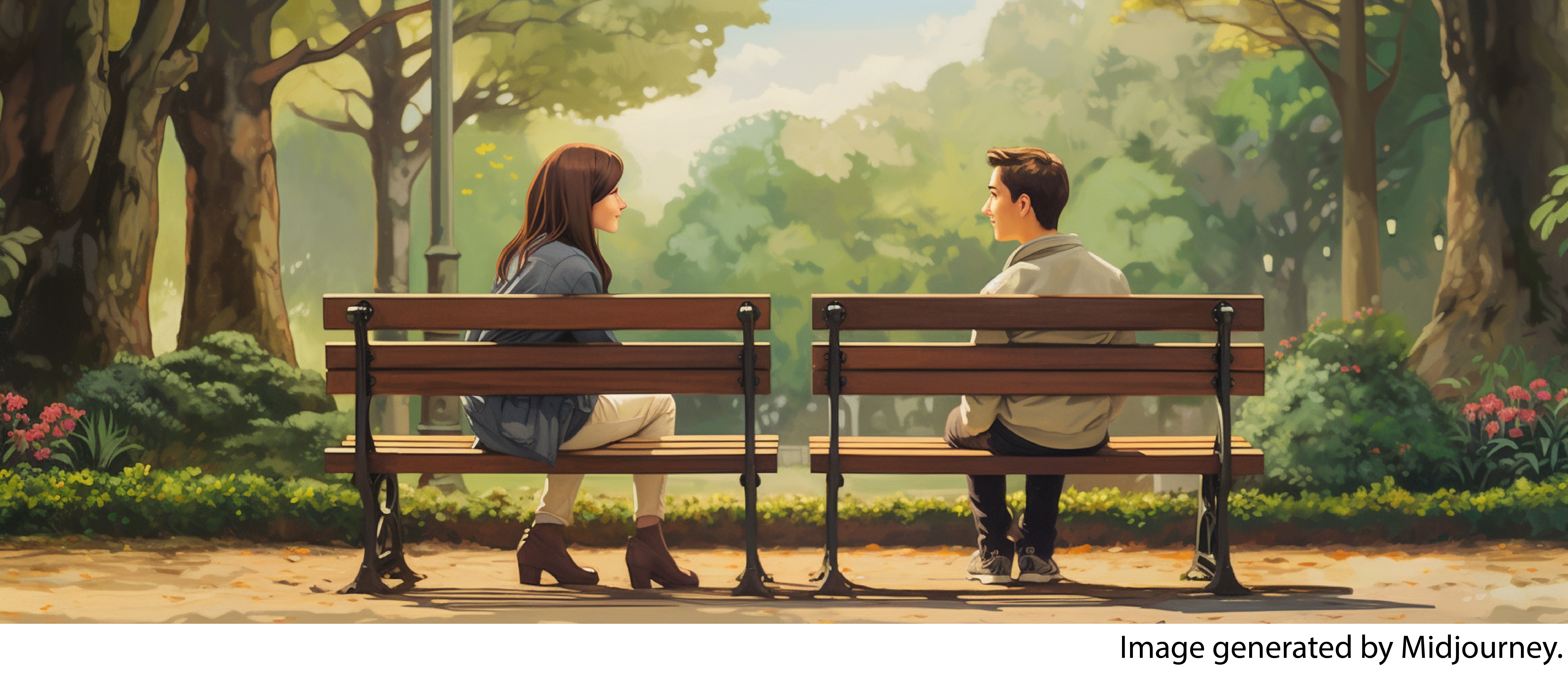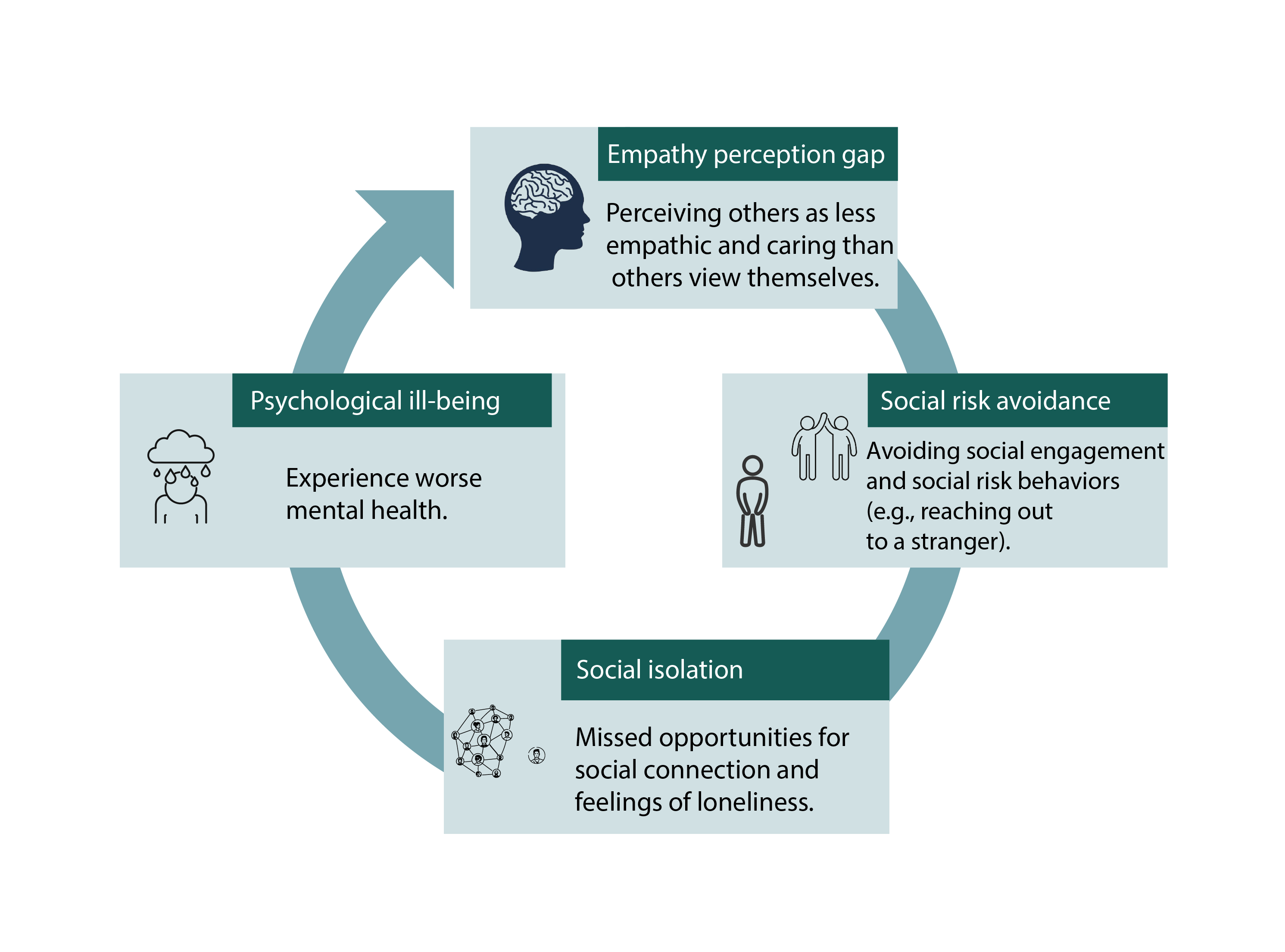
Research
Humans yearn for deep social relationships, but connecting with
people is a risky business: a friendly attempt to reach out to a
stranger may be rejected, an intimate confession of feelings could fall
flat, or an authentic self-expression may not be supported by friends.
These social risk behaviors—decisions with uncertain
social outcomes—shape our social lives, and have a profound impact on
our mental and physical health.
My research investigates the
psychology and neuroscience of social risk, using tools from behavioral
science, neuroimaging, and social network analysis. I explore these
questions across different levels (e.g.,momentary interactions,
longitudinal modeling), and across contexts ranging from the lab to the
real world.
1. Characterizing social risk taking.
What drives people to take social risks? One line of my work uses
quantitative modeling of behavior and brain activity to explore this
question. In one recent study (preprint), I
assessed social and financial risk taking in the same laboratory
behavioral paradigm.
I found that (1) people’s tendencies to
take social vs. financial risks are weakly correlated, and (2) people
with varying depression and anxiety levels demonstrated distinct
behavioral patterns of risk taking across contexts. These results
highlight that taking social risks involves unique psychological
processes compared to taking risks with financial consequences.
2. Social risk taking fosters social connection
A second line of my research takes social risk taking from
laboratory to the real world, and examines how individuals’ social risk
tendencies are associated with their wellbeing and characteristics of
their social worlds (e.g., social network position). Through a
comprehensive, large-scale longitudinal study that spanned two years
(total N = 5,192; paper accepted at
Nature Human Behavior), I found that many people
underestimate how empathic others are. This “empathy
misperception” discourages social risk-taking, leading to
isolation and further misperceptions over time.
 To break this cycle,
I conducted two field experiments that presented students with data on
their peers’ self-reported empathy and behavioral nudges to encourage
social risk taking. These interventions reduced the empathy perception
gap, increased social behaviors, and expanded social networks months
later.
To break this cycle,
I conducted two field experiments that presented students with data on
their peers’ self-reported empathy and behavioral nudges to encourage
social risk taking. These interventions reduced the empathy perception
gap, increased social behaviors, and expanded social networks months
later.
This line of work provided causal links that we enhance social
connection through promoting social risk taking, thus offers a
promising, scalable strategy to cultivate social wellbeing: simply by
providing opportunities for people to learn the care and support in
their communities.
3. Social vs. health risk taking
Sometimes, avoiding social risk leads people to take health
risks. For example, a teen may run a red light to avoid seeming
“uncool” in front of peers—choosing danger over disapproval.
In this line of research, I examine how social influence drives
health-risk behaviors like reckless driving or smoking. This includes:
Together, this work highlights how the social environment
influences decisions with real-life consequences, and underscores the
importance of understanding the trade-offs people face between fitting
in and staying safe.

2. Social risk taking fosters social connection
A second line of my research takes social risk taking from laboratory to the real world, and examines how individuals’ social risk tendencies are associated with their wellbeing and characteristics of their social worlds (e.g., social network position). Through a comprehensive, large-scale longitudinal study that spanned two years (total N = 5,192; paper accepted at Nature Human Behavior), I found that many people underestimate how empathic others are. This “empathy misperception” discourages social risk-taking, leading to isolation and further misperceptions over time.
This line of work provided causal links that we enhance social connection through promoting social risk taking, thus offers a promising, scalable strategy to cultivate social wellbeing: simply by providing opportunities for people to learn the care and support in their communities.